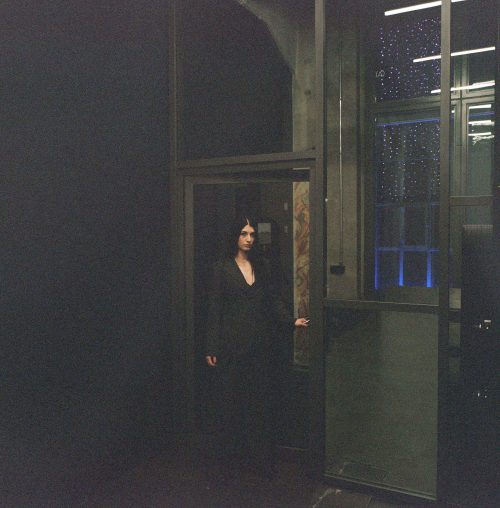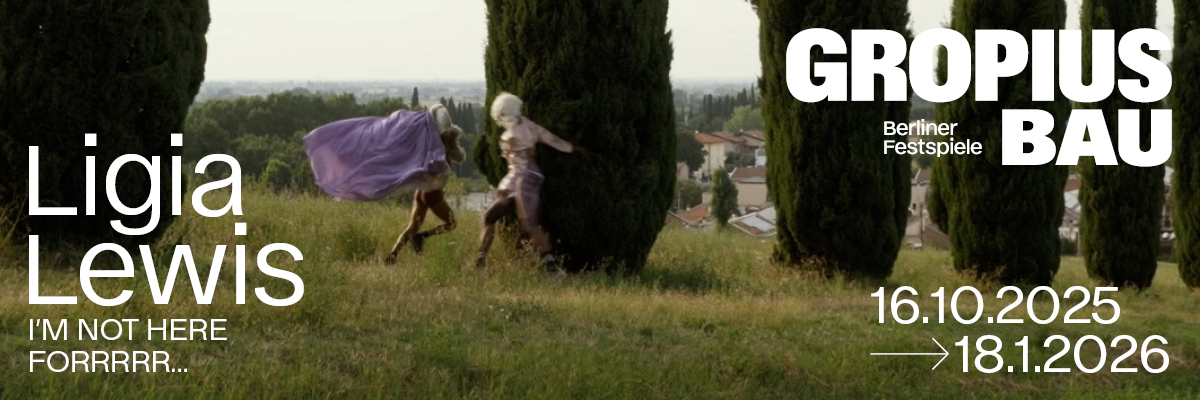
Carlos Vergara
Room of Separation
Project Info
- 💙 Parallel Vienna
- 💚 Parallel Vienna
- 🖤 Carlos Vergara
- 💜 Carlos Vergara
- 💛 Kaja Clara Joo
Share on
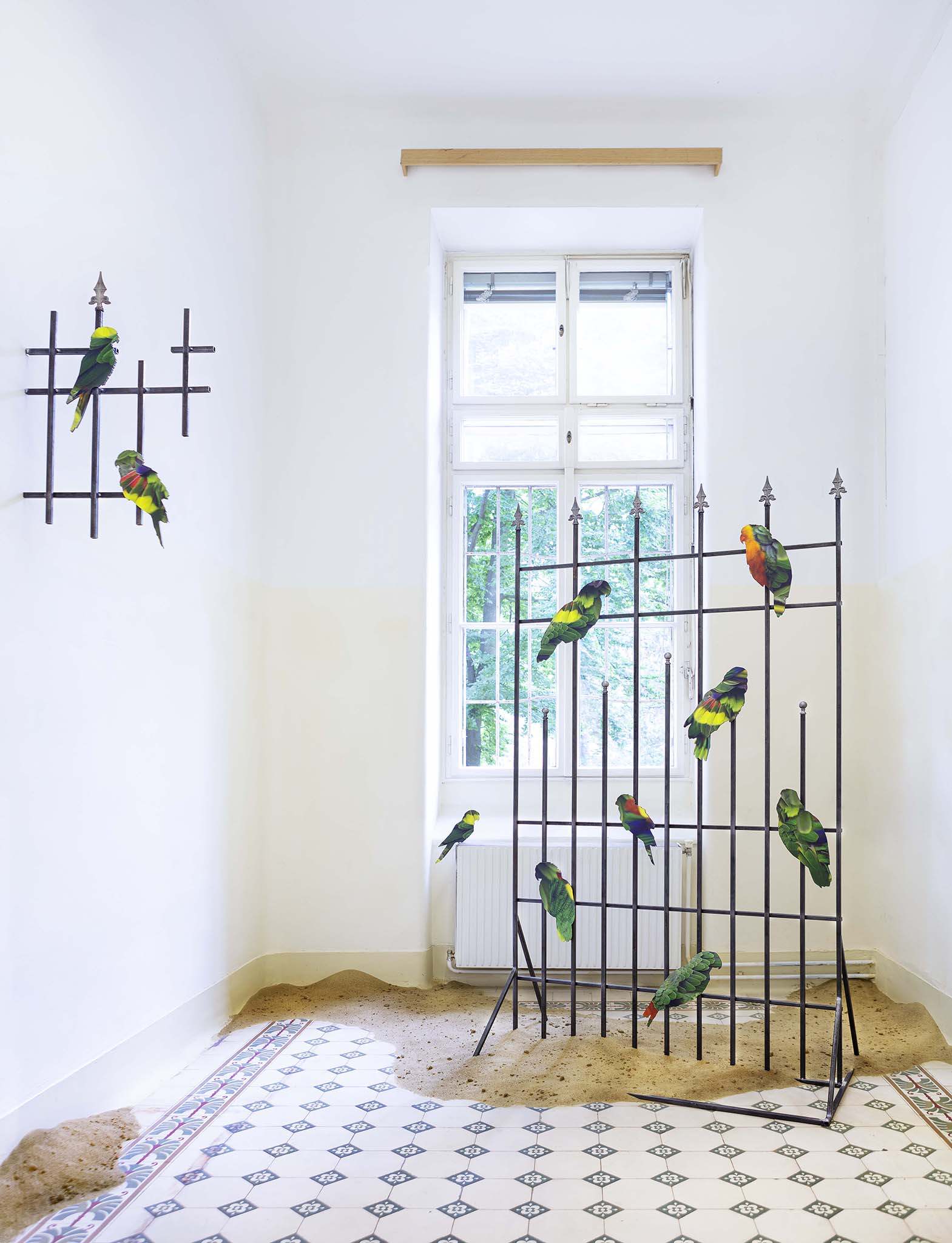
Advertisement
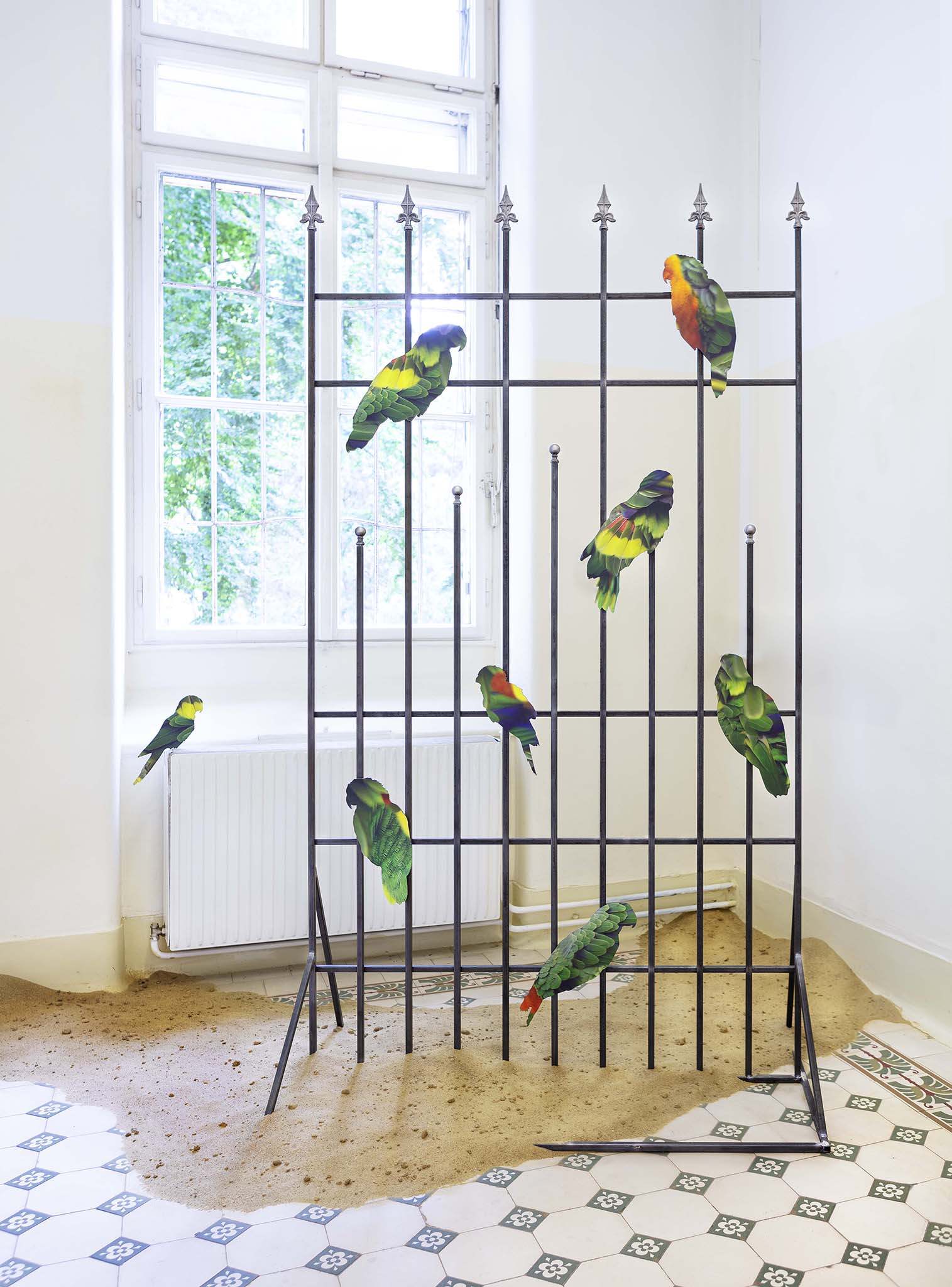

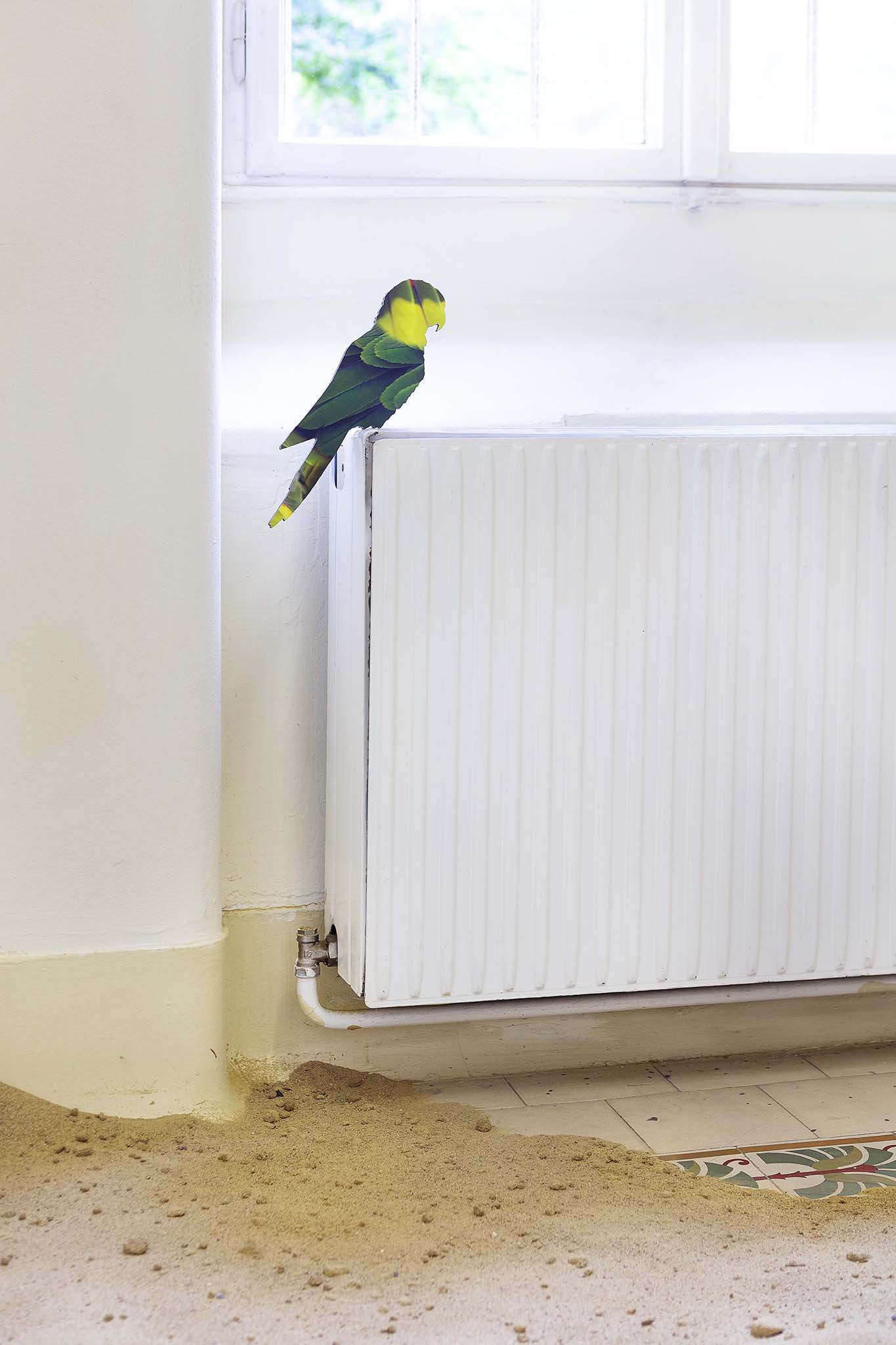
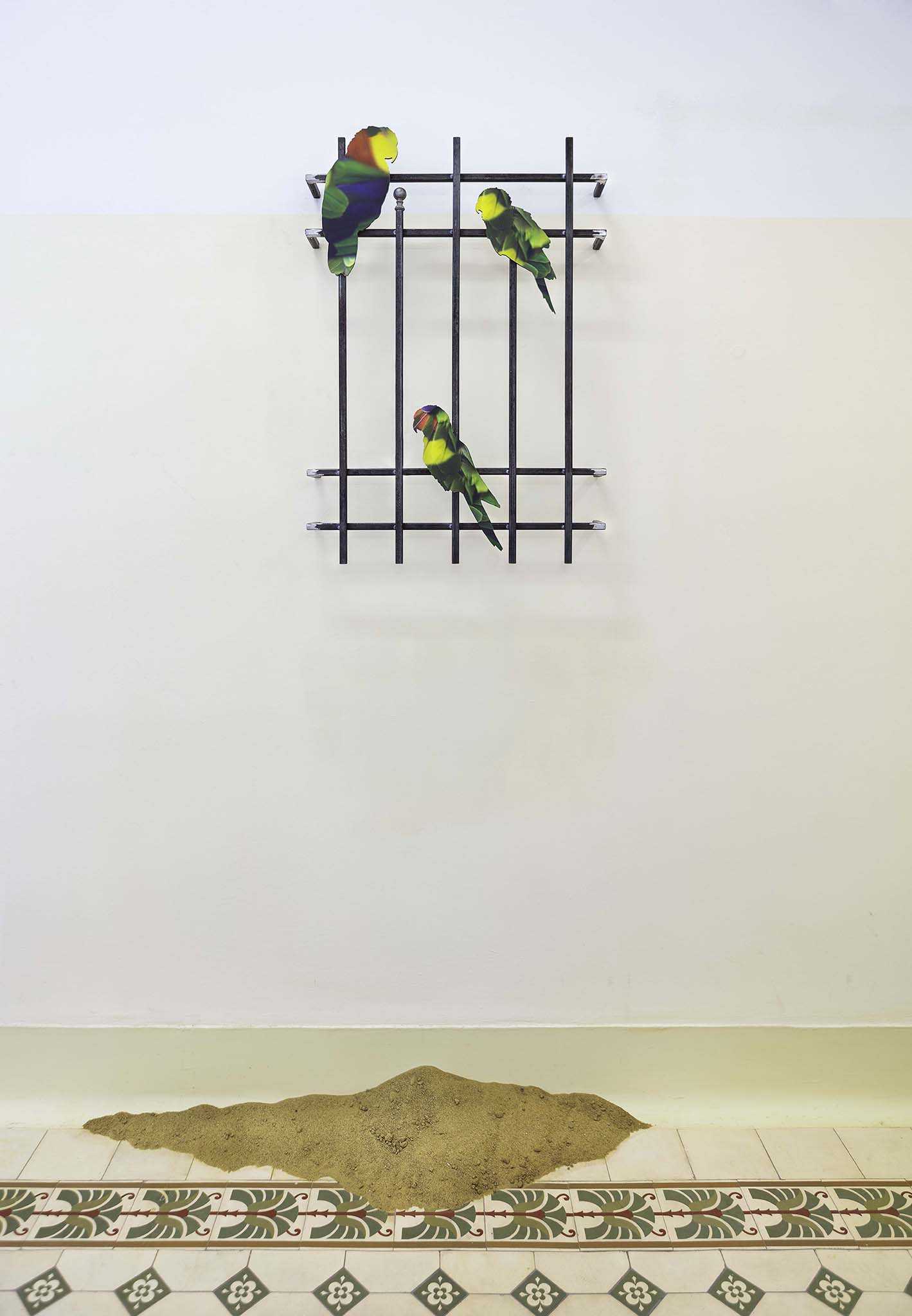

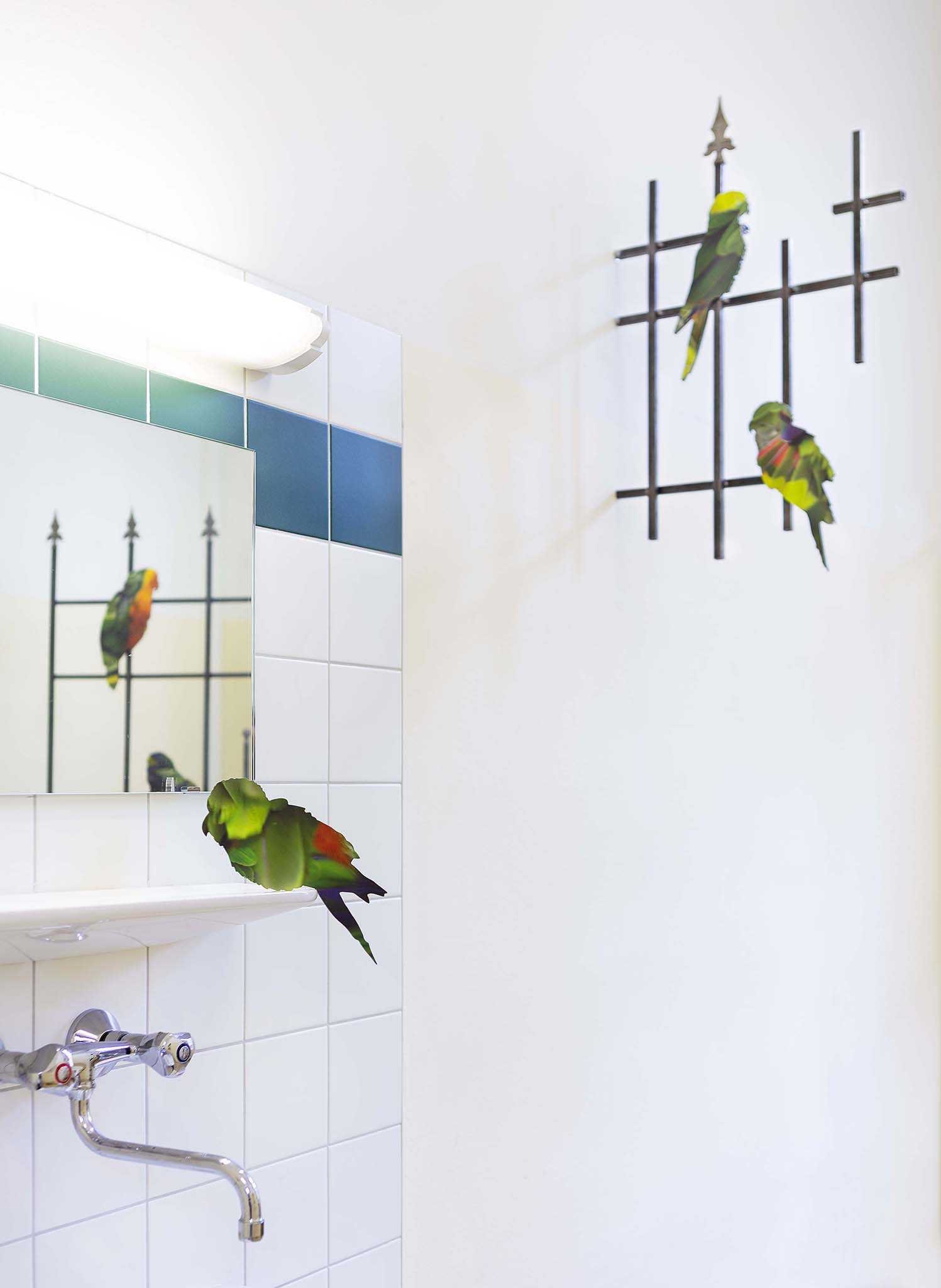

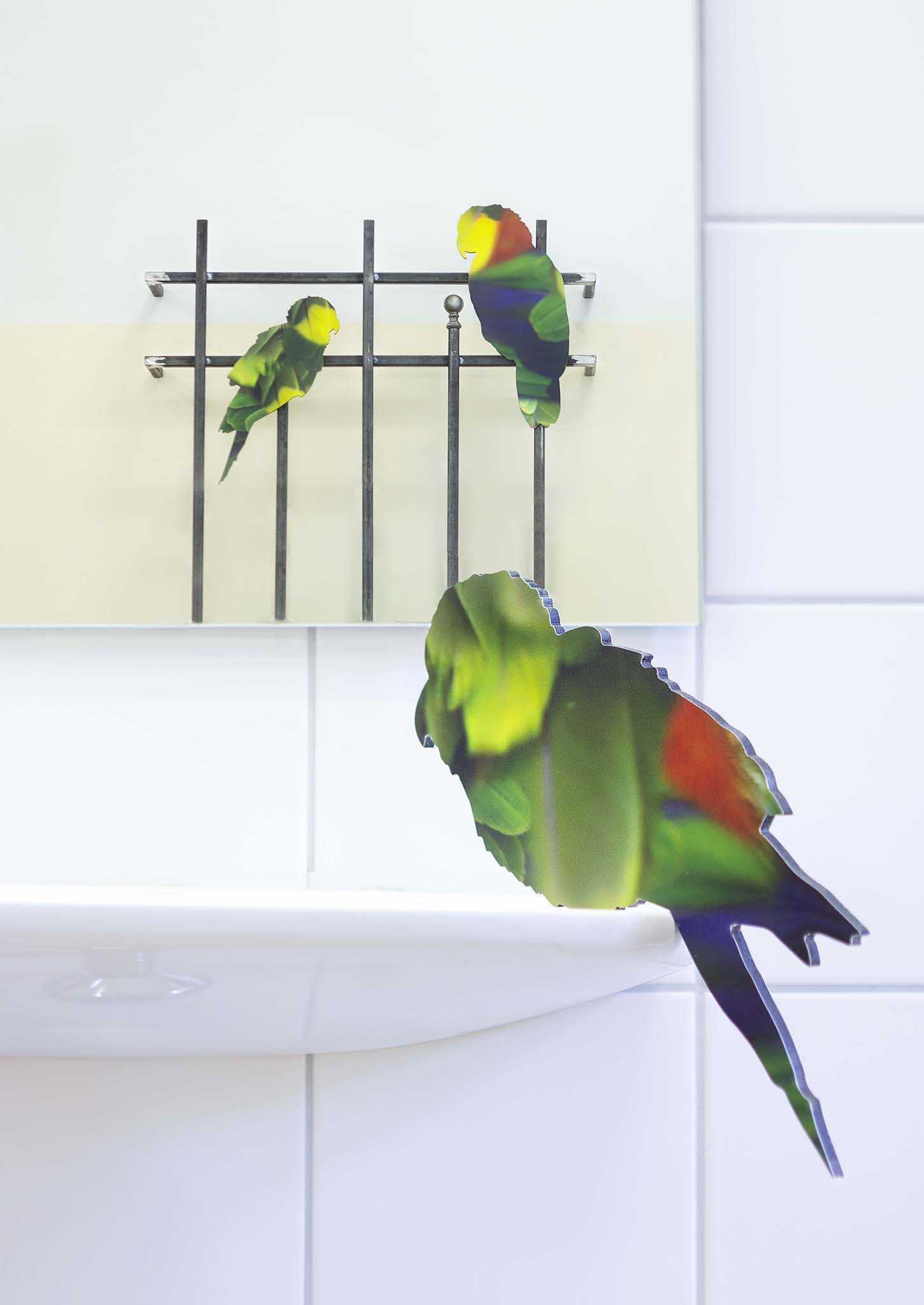

In the architectural tapestry of Barranquilla, and quite possibly across most of Colombia, the practice of fortifying homes and windows with fences has become a prevalent norm, a response to the troubling currents of crime exacerbated by social inequalities. The history of this phenomenon traces back to the 1970s when the opulent quarters of the city adopted it as a safeguard against theft and intrusion. Yet, this practice disseminated and evolved. It took root in the less affluent neighbourhoods, metamorphosing the very notion of fencing. Once a pragmatic shield, fences transmuted into symbols of socio-economic status. A transformation accentuated by their gradual shift from functional design to ornamental aesthetics.
In the very own safety and privacy of my childhood room, I was always accompanied by the presence of a massive metal fence on a window that stretched wall to wall. For some reason the fence was installed inside the room, almost as an inverted cage, instead of outside of the window. Gazing through that very screen of metal grids and glass, each afternoon prior to sunset, I was greeted by flocks of parrots congregating on top an oak tree directly before it. The fence, once a safeguard, becomes a representation of a dichotomy— as I entrenched myself behind my protective shield, I inadvertently confined myself within a cage of my choosing. Meanwhile, just beyond those metallic borders, the landscape fluttered before me.
These feathered creatures, soared unrestricted on the other side of the division, vibrant and loud, become symbols of a world unburdened by barriers. In contrast, a reflection on human nature unrolls—the tendency to perceive our essence as distinct from rather than harmonious with. This propensity to isolate ourselves from the very environment that defined our topography, behaviour and culture, speaks volumes through the silence of the physical borders we set for ourselves. Instead of perceiving us as an integral part of a harmonious whole, we cling to a notion as separate and isolated organisms, a detachment that fosters the construction of barriers.
As a poetic exploration of memory and isolation, Room of Separation embarks on a narrative that embraces the recollections of a safe space—a room where isolation from the environment was priority. By bringing the secluded landscape into the room, I metaphorically dismantle the walls of the inner sanctum to allow the external to engulf the space, fostering a connection—a testament to my belonging to everything else on the other side. Parrots and sand emerge as icons of an isolated world, no longer caged or secluded, but reigning over structures once designed for seclusion. This tactile component is a bridge from distance to proximity. What once was viewed from the confines of self-inflicted barriers is now intimate, woven closely into the space.
While the fences act as relics of seclusion, a colourful flock of parrots perched upon an array of fences become resting monuments. Yet, upon closer inspection, the illusion fades to reveal that these flying beings are not corporeal; they are two-dimensional avatars crafted through photography and digital collages. In this revelation lies the paradox of photography—not a mere documentarian but a medium that can distort and deceive, underscoring its ambiguity despite its perceived reliability.
At its core, Room of Separation navigates the intricacies of identity politics, socio-economic contexts, and environmental metaphors. It invites us to delve into a triad of Memory, Isolation, and Landscape. Embodying an attempt to shatter comfort zones in order to allow the exploration of connectivity with our surroundings, as an antidote to isolation masked as safety and security.
Carlos Vergara



